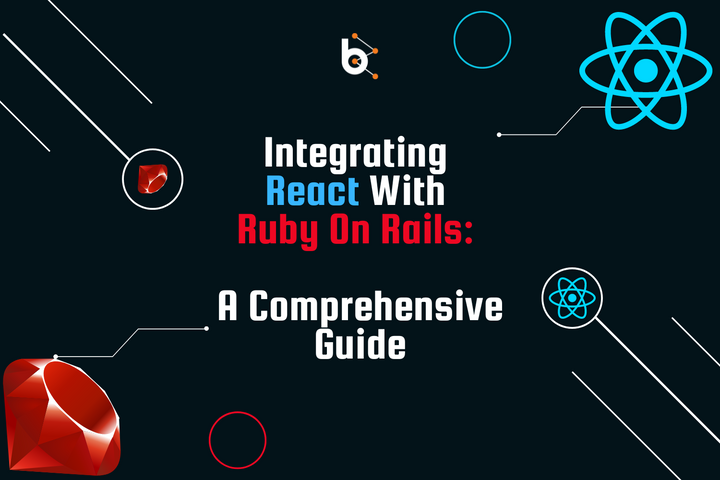Single Page Applications: When and Why You Should Use

Everyone uses Facebook, Netflix, Gmail, Google Maps, and twitter in their day to day routine. Did you ever notice that these applications are developed under Single page applications architecture? Yes, these applications (Single page application or SPA) works on only one page. Such applications keep loading new data from a browser itself when a user hits a new request rather than loading a new page from a web server. Therefore, it doesn't take much time to load the data in front of the user. There are several reasons when and why a Single page application should be used.
Architecture of Single page applications:

Generally, in traditional application structure while retrieving the user's request it takes a round trip from browser to web server however in single page application, request is managed through web browser itself. The only difference came into the picture when data flowed from source to destination unless you are doing a partial rendering on the server, the server is not required to be indulged in presenting data.
Why and when Single application should be used
Single page application is a good choice when we require responsive web applications because it supports mobile, desktop, and tablet as well.
- Frequently Navigated Web-pages: The single-page applications store information locally, along these lines permitting the rendering of information when they are disconnected. In an SPA, the way toward moving information preparation is done from server to program. This shows the server lines are less involved and less measure of information is sent when contrasted with the conventional sites which use HTML and CSS, where the information is sent to each page. Structuring the sites as often as possible explored pages as an SPA permits the clients to see content in these pages a lot quicker and empower them to get to the substance even in disconnected mode.
- Execution of Critical Pages: Single-page applications offer a quicker stacking experience, prompting more prominent client experience. The single-page applications don't cooperate much with the server and rendering of the substance is truly quick.
- Pages with More Similarities: In SPAs, the data is rendered progressively. These pages that have high likeness can be created as single-page applications, and the content is conveyed powerfully dependent on the request hit by a user. The content of these pages can be effectively conveyed utilizing the JavaScript code and rendered progressively.
Why a Single page applications should be used
- No round trip of HTML requests to web server: Once initially page is loaded there is no need for multiple back and forth requests to the webserver. It stores data in the DOM and represents in-front of the user when users hit for the same. Therefore, it doesn't require extra queries to be sent on a web server.
- Faster Page loading speed: SPAs can cache any local data successfully. User only hit for a single request to a web server. In results, the browser saves all the data in DOM and represents to the user whenever it is required. Since local cache stores it and allows to load the page faster even if a strong connection is also not there.
- Improved performance: SPA loads a single time each of HTML, CSS, JS which automatically improve the performance of the web application.
- Troubleshooting with Google Chrome: It's easy to troubleshoot a SPA utilizing Google Chrome in that capacity sorts of applications are created systems, for example, Angular JS and other development devices. The structures have their own Chrome designer tools that make investigating a lot simpler when contrasted with the multi-page applications (MPAs). Additionally, the SPAs permits the clients to screen organize activities and research the page components and related information.
- Rich user interface: SPAs support rich customer side usefulness that doesn't require reloading the page as clients take activities or explore between zones of the application. SPAs can stack all the more rapidly, getting information out of sight, and individual client activities are progressively responsive since full page reloads are very uncommon. SPAs support steady updates, Uncompleted forms or archives without the client clicking a catch to submission of the form.
SPAs support rich customer side practices, for example, drag and drop, substantially more promptly than traditional applications. SPAs can be intended to run in a disconnected mode, making updates to a customer side model that are in the long run synchronized back to the server once an association is restored.
Much of the time, SPAs need to execute highlights that are worked into MPA for example, showing an important URL in the location bar presenting the present activity (and permitting clients to bookmark or connect to this URL to come back to it). SPAs likewise ought to permit clients to utilize the browsers' back and forward clicks with results that won't shock them.
In conclusion, a single page application is used when the performance of an application is the first priority and no delay is acceptable.



